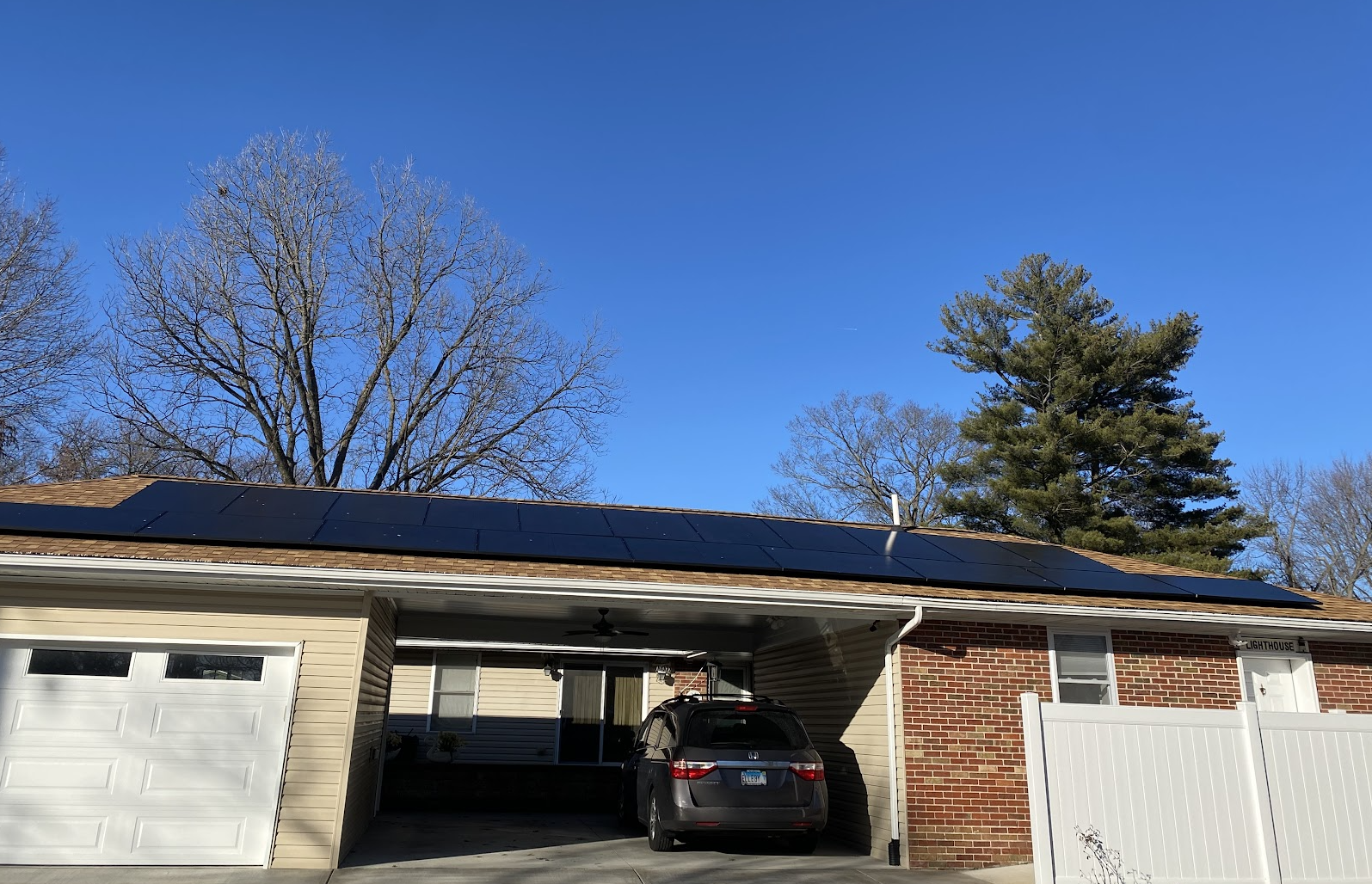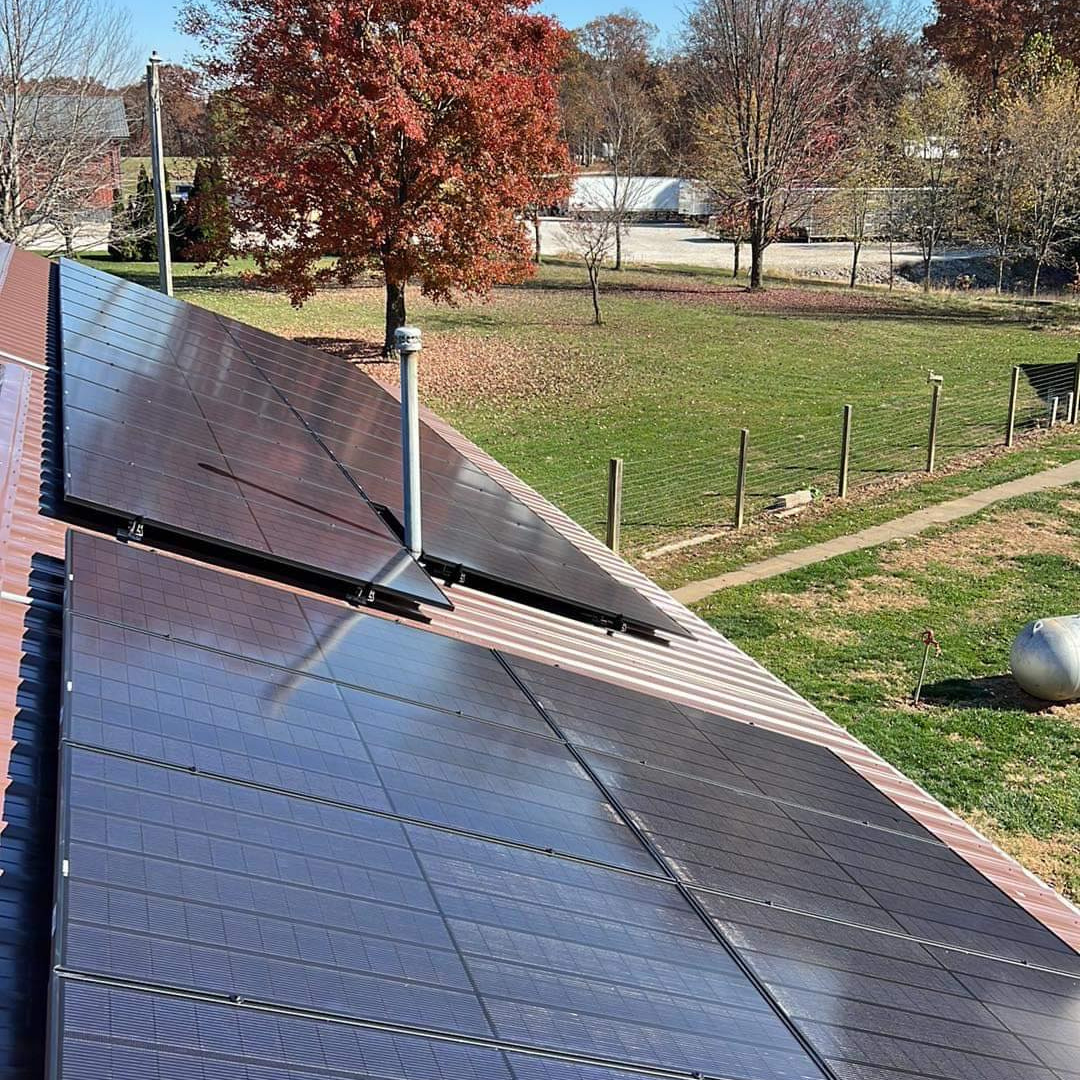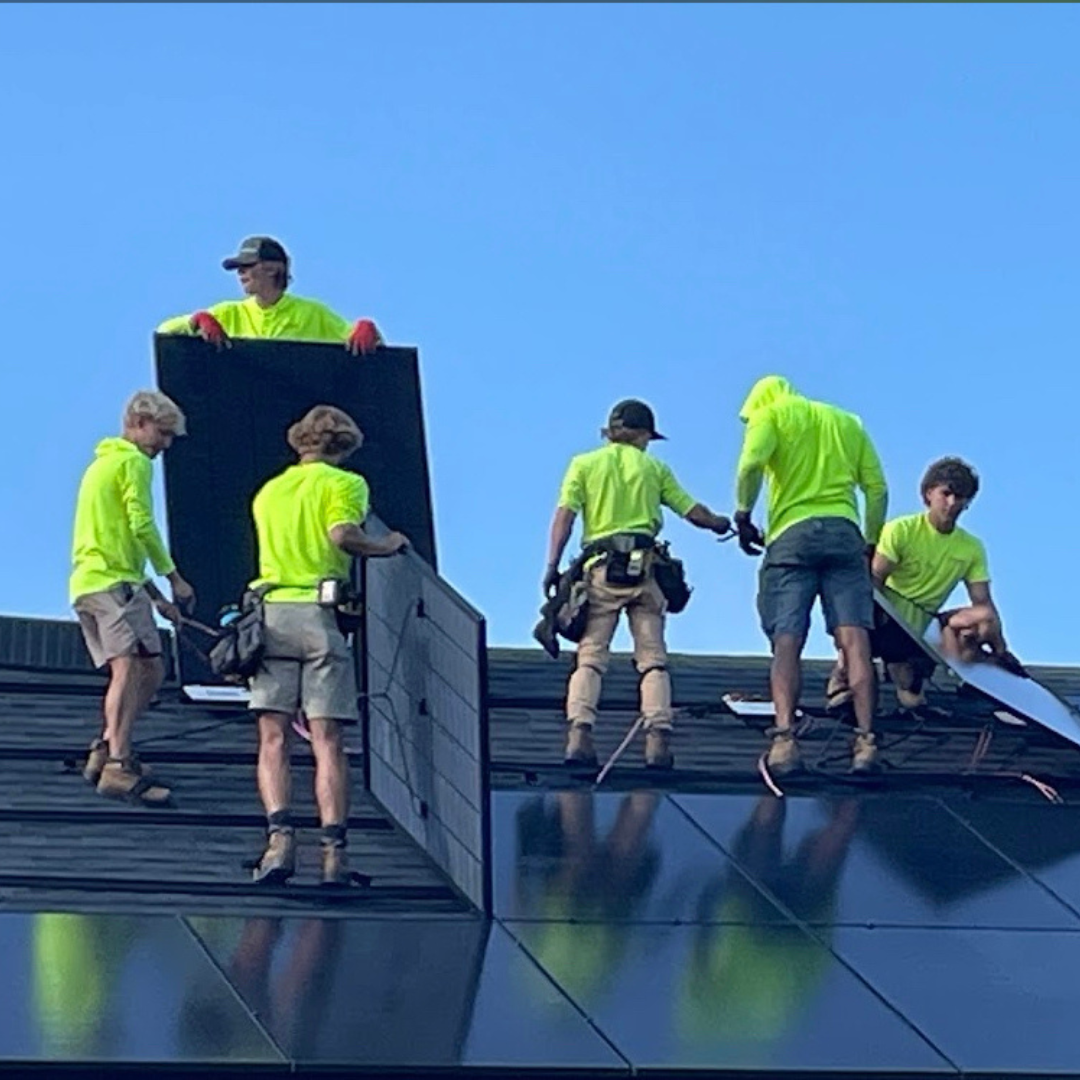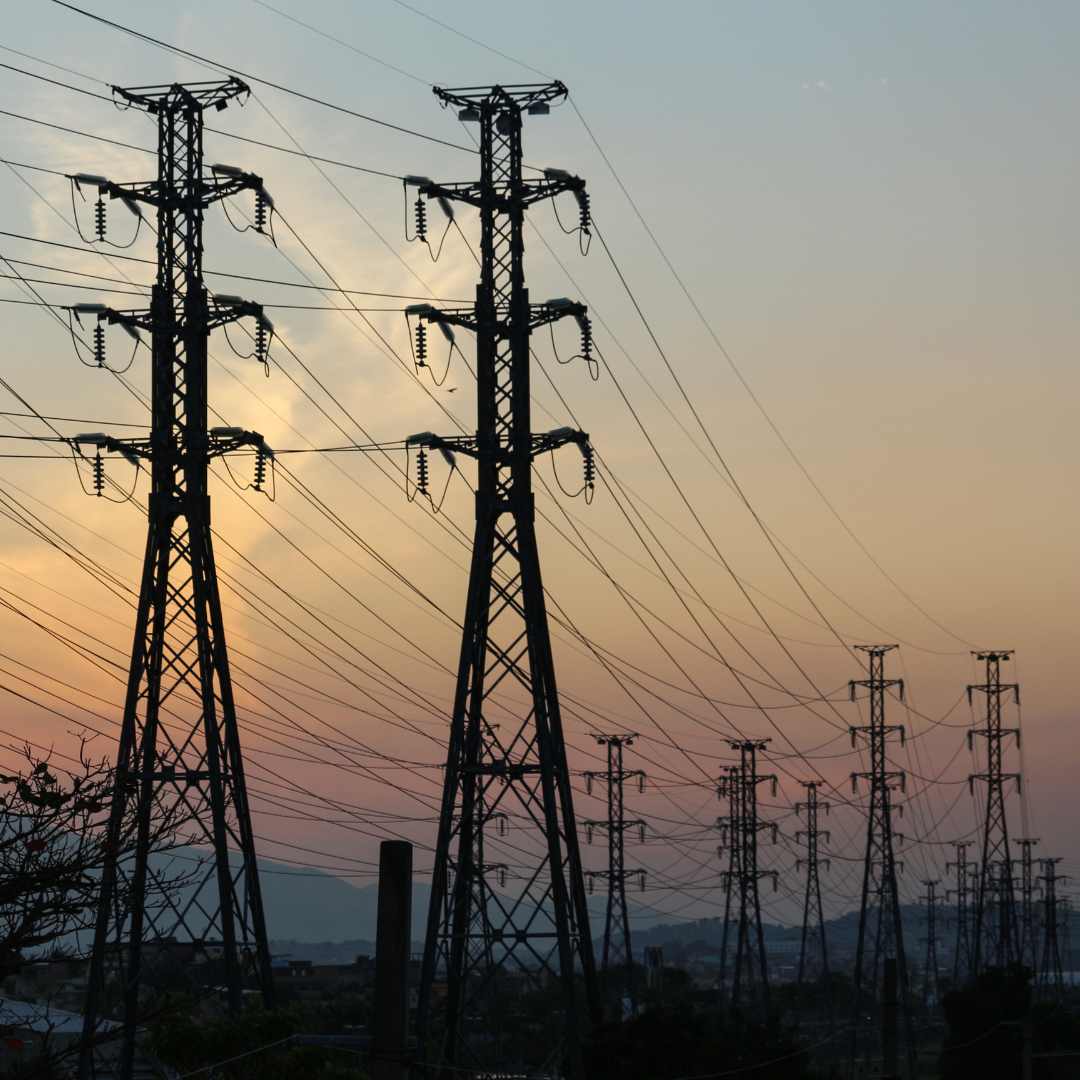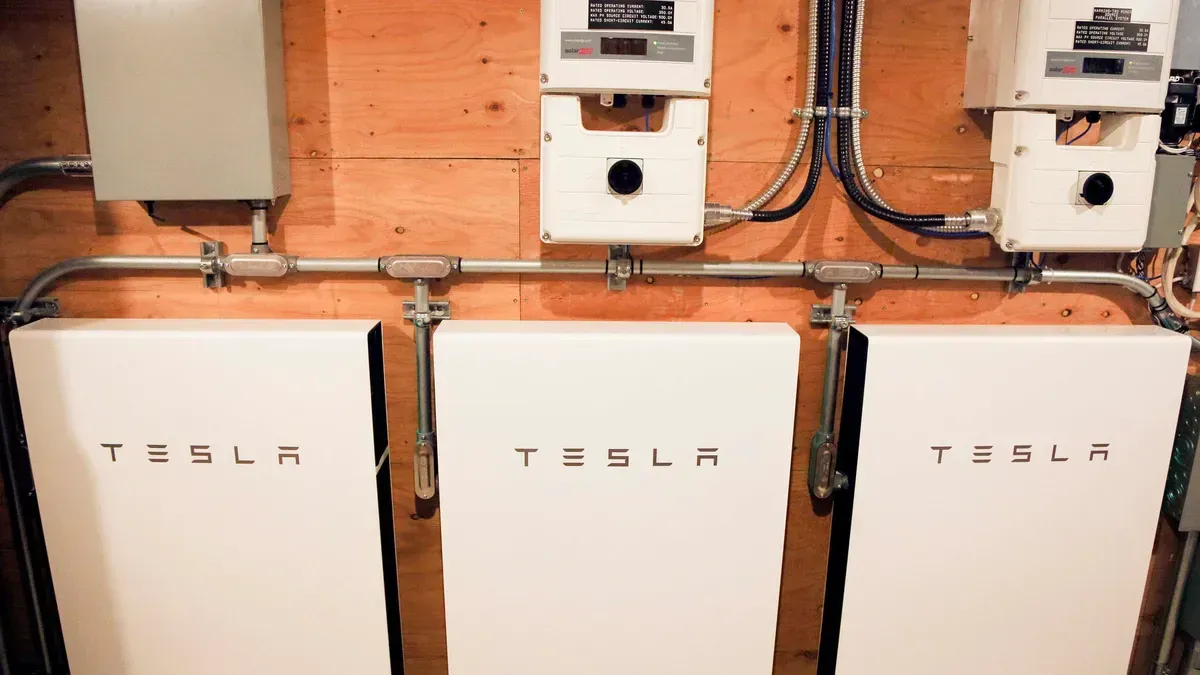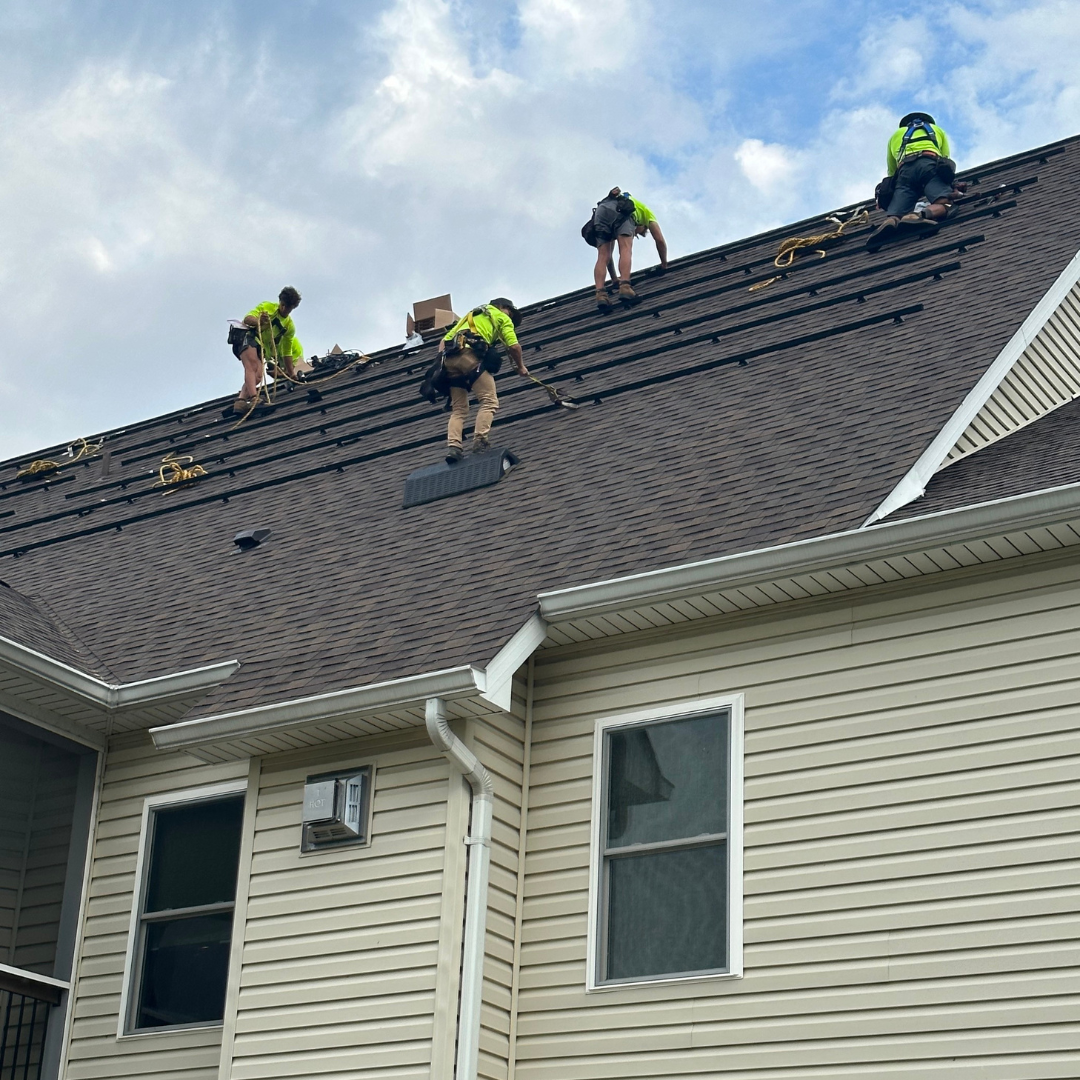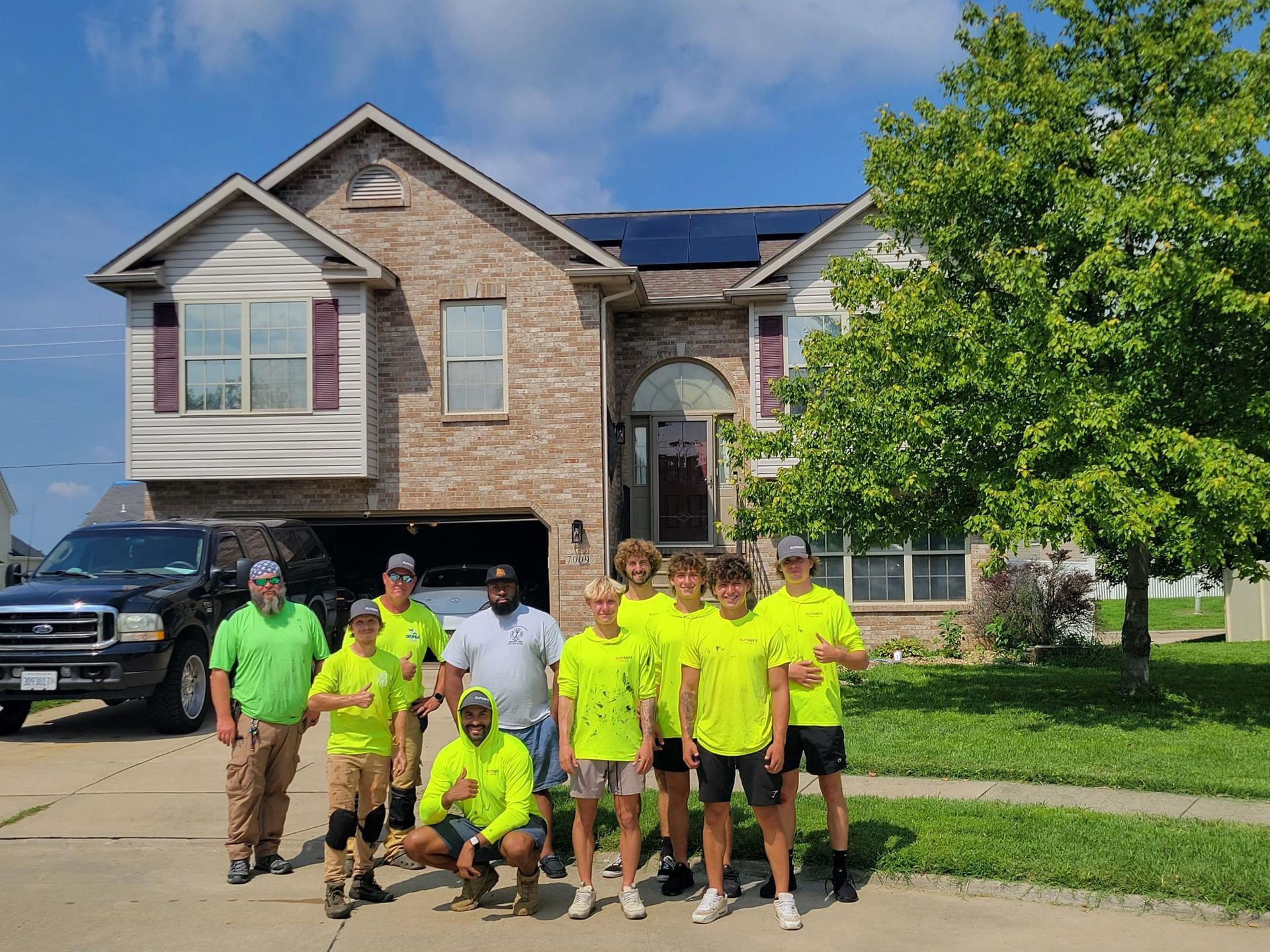The Ultimate Guide to Roof Replacement in Missouri and Illinois
A roof replacement is a major investment, but it’s essential for protecting your home and maintaining its value. If you live in St. Louis, Missouri, or Illinois, understanding the cost factors and timing for replacing your roof is crucial. SunSent Solar and Roofing is your trusted expert for roofing repairs, replacements, and solar installations. Here’s what you need to know...

How Much Does a Roof Replacement Cost?
The cost of replacing a roof in the St. Louis area varies depending on factors like size, materials, and labor. On average, homeowners can expect to pay anywhere from $3,200 to $18,900 for a new roof. For a standard 1,500-square-foot home, the cost typically falls around $6,450. The price of asphalt shingles—the most common roofing material—ranges from $3.20 to $5.40 per square foot.
Since every home is different, getting a personalized quote from SunSent Solar and Roofing is the best way to determine your roof replacement cost.
Factors That Affect Roof Replacement Costs
When SunSent Solar and Roofing evaluates your home for a new roof, we consider multiple factors that influence pricing:
- Home Size & Stories: Multi-story homes are more complex and costly to re-roof than single-story houses.
- Roof Complexity: A roof with a steep pitch or multiple gables requires more materials and labor.
- Material Quality: Premium shingles, such as architectural or impact-resistant shingles, cost more than basic asphalt shingles.
- Underlayment Condition: If the existing underlayment is damaged and needs replacement, costs will increase.
- Old Roof Removal: Removing and disposing of old shingles adds labor and disposal fees.
- Upgrades: Features like copper valleys, flashing, and improved insulation can increase costs but improve durability.
- Seasonal Demand: Prices may rise if a major storm increases demand for roofing services in St. Louis and Illinois.
For an accurate assessment, contact SunSent Solar and Roofing for a free inspection and quote.
Signs It’s Time to Replace Your Roof
If you’re unsure whether you need a roof replacement, watch for these warning signs:
1. Storm Damage
Severe storms in St. Louis can blow off shingles, damage flashing, or cause tree limbs to puncture roofs. If your roof has sustained storm damage, repairs might not be enough—full replacement may be necessary to ensure long-term protection.
2. Leaks & Water Damage
A leaking roof can lead to interior water damage, mold growth, and structural issues. If you notice stains on ceilings or walls, it’s time for a professional assessment.
3. Missing, Curling, or Cracked Shingles
Shingles that are cracking, curling, or missing granules indicate aging and reduced protection. Replacing your roof before it deteriorates further prevents bigger problems down the road.
4. Roof Age
Most asphalt roofs last 15 to 25 years. If yours is approaching this range, consider a replacement before issues arise.
5. Higher Energy Bills
An old, inefficient roof can cause your home to lose heat in the winter and cool air in the summer, increasing your energy bills. A new roof, especially when paired with solar panels from SunSent Solar and Roofing, can improve energy efficiency.
The Benefits of a New Roof
✔ Enhanced Home Value – A new roof boosts resale value and makes your home more attractive to buyers.
✔ Better Protection – A well-installed roof prevents leaks, mold growth, and structural damage.
✔ Energy Efficiency – Modern roofing materials and solar panels help regulate indoor temperatures and lower utility costs.
Maximizing Savings on Your Roof Replacement
Looking to reduce costs? Here are a few tips:
- Schedule During Off-Peak Seasons: Fall and spring are the busiest times for roofing. Scheduling in the off-season can lower labor costs.
- Bundle with Solar Installation: Installing solar panels at the same time as a roof replacement saves money on labor and materials.
- Choose Durable Materials: While cheaper shingles may save money upfront, investing in higher-quality materials extends your roof’s lifespan and reduces maintenance costs.
- Use a Trusted Contractor: Hiring SunSent Solar and Roofing ensures a high-quality installation that prevents costly repairs down the road.
Why Choose SunSent Solar and Roofing?
At SunSent Solar and Roofing, we specialize in roof repairs, replacements, and solar installations throughout St. Louis and Illinois. Our team of experts provides:
✅
Free Roof Inspections
✅
High-Quality Materials & Workmanship
✅
Expert Solar Integration
✅
Competitive Pricing & Financing Options
✅
Reliable Service from St. Louis’ Trusted Roofing Professionals
Whether you need a simple repair or a full roof replacement, SunSent Solar and Roofing is here to help. Contact us today for a free inspection and take the first step toward a safer, more energy-efficient home.
Want to know more? Read The Essential Guide to Roof Underlayment: Protecting Your Home from the Ground Up.
